Nature's Magical Moments |
It seems that in this day of digital darkroom techniques, no one really needs to work very hard to create great nature photographs. Rather, they can be manufactured, almost from scratch, with nothing more than a few keyboard strokes and clicks of the mouse. Didn’t get great light during your last sunset photo shoot? No worries! Just add some color to the sky during post processing—or better yet, add a great sunset from another picture you took three years ago, no one will notice! It’s all art anyways, so why should it matter?
Here’s why: we’re not in this just to get “WOW!” photos and to stun and amaze our peers. We’re in this because we love nature and its wonderful diversity and multitude of hues, tones, and shapes. It’s those moments when light, composition, and mood all come together that we really crave, not the "atta-boys" that may (or may not) come after. Simply put, we want to be there — wherever there is — when amazing things happen. And let’s face it, deep down we know that a great image earned is sweeter than one made.
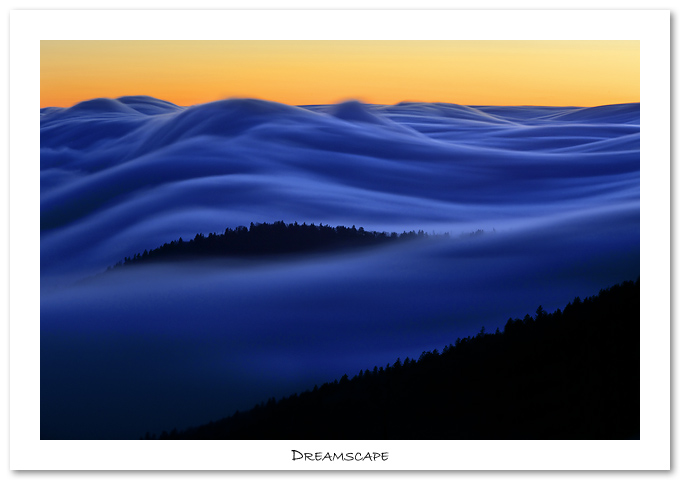
Sometimes good old-fashioned "being at the right place at the right time" is all one needs to make memorable photographs.
Well, that all sounds just great, but you can’t simply walk up to Delicate Arch and place an order for a rainbow and a tap-dancing polar bear with lightning bolts coming out of its eyes. “Once-in-a-lifetime” moments are called that for a reason—they don’t happen often—so how can you make sure they happen to you, and frequently? Being in the field a lot sure helps, but for those who are a little more pressed for time, here are a few tips to help optimize your chances of capturing the sublime.
Weather the Storm When storms brew, that’s when I head out, camera at the ready. More often than not, stormy weather will just bring rain and grey skies. But sometimes, storms bring you dramatic clouds, great light, and awesome atmospheric conditions. Resist the temptation to pack it in when you see menacing clouds moving your way!

An approaching storm brings dramatic clouds that tower over this bizarre sandstone landscape.
Do The Dew Learn all about how moisture and temperature interact to create fog. Here’s a new fun-filled phrase to Google: “dew point.” This is the right combination of temperature and moisture that causes dew to form, and under the right conditions, it can create fog as well. Wet days followed by clear, cool nights are ripe conditions for fog; temps in the 40s (Fahrenheit) seem to work best. When fog occurs, get ready to shoot! In areas of high elevation, you can sometimes get above low-lying clouds for a unique perspective.
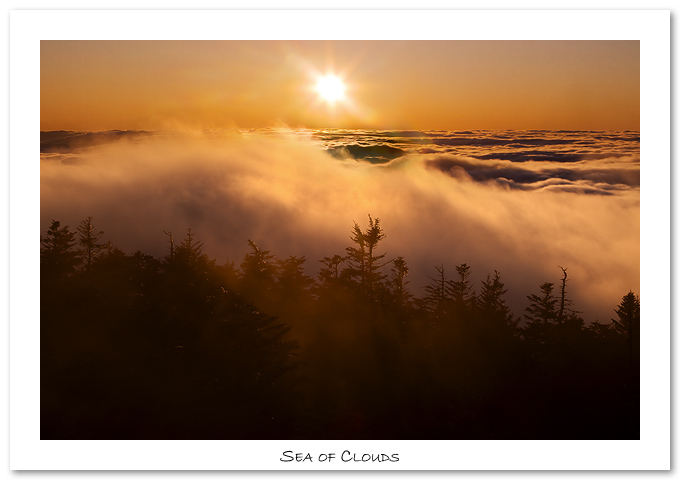
Being above the clouds is a unique and rare event—shoot fast and furious!
Tis’ the Season Certain times of the year bring special natural events. Learn the spring and summer bloom schedules for your local area, and make sure to get out there when it’s happening. Use online resources to find out when fall color is peaking at your preferred photo destinations. Plan extended trips around special seasonal events so you don’t miss any of the action.
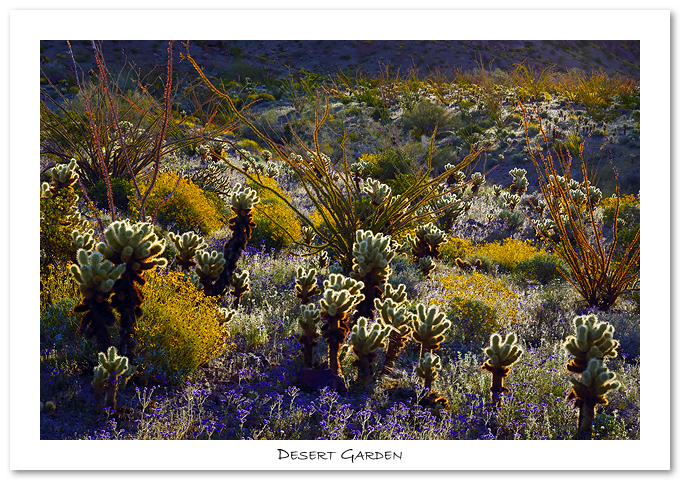
Brittlebush, scorpion weed, and ocotillo cacti, blooming all at once, give this image a little extra juice.
Chill Out, Man! Cold weather can wreak havoc on equipment and important extremities, but it can also create conditions that other folks won’t ever see. Make a point of bundling up and getting out when the mercury dips below the freezing mark. Just remember: other photographers may be warmly snuggled against their triple-orange-mocha frappuccinos, but you’re making great images!
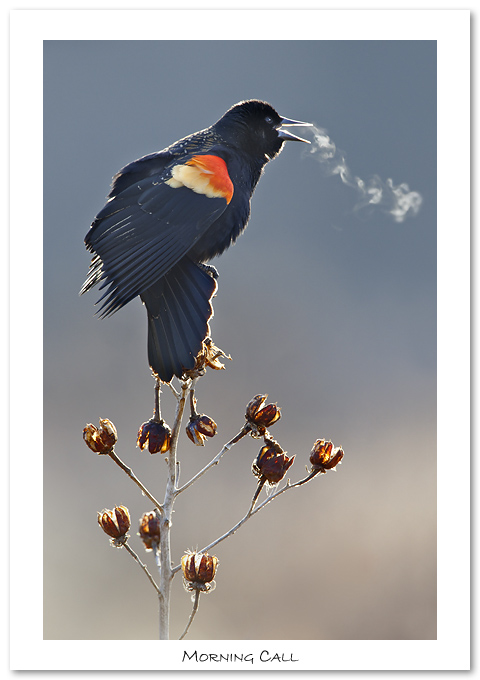
Freezing temperatures allowed me to capture steam rising from this male red-winged blackbird’s beak.
Wildlife Spectaculars Certain times of the year, animals gather in great numbers to migrate, raise young, mate—or fight for the right to mate. Do some research and make sure to be there! Deer, moose and elk ruts; monarch butterfly migrations; grizzlies feeding on salmon; and mass bird nesting are just a few of the amazing wildlife events that take place every year.
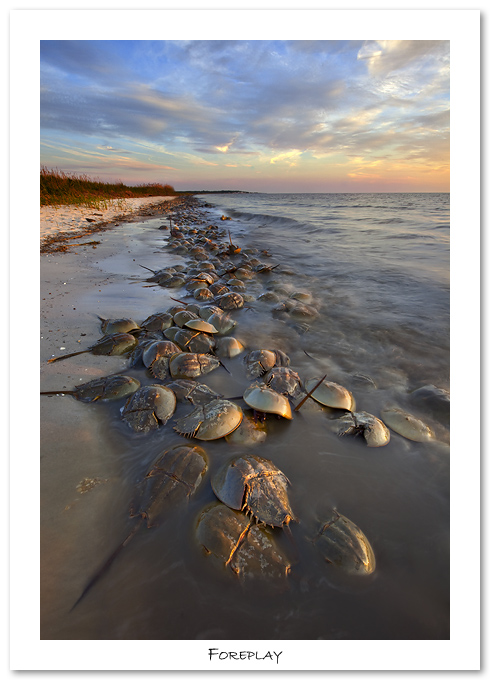
Thousands of crabs cover the shoreline for miles in anticipation of one of the most incredible—albeit creepy—wildlife events on the planet: the annual Delaware Bay horseshoe crab spawn.
Sun and Moon, Wherefore Art Thou? Before every shoot, find out where and when the sun and moon will rise and set. This will allow you to pick optimal times and spots for sunrise or sunset skies, and to be on location during special celestial events such as the full moon. It can also allow you to get shots with the sun or moon in the picture, just in the right place to make your composition shine.

Knowing that the sun would rise through the notch in the mountains made it easy for me to compose this image.
Get Intimate . . . With Nature You don’t always need the storm of the century, or a fire-truck red sunset sky, to create a great photograph. Sometimes, something more intimate works better. Always keep an eye out for simple convergences in nature: two newborn fawns touching noses, the sun rising through a sandstone arch, an eclipse of the moon, or other rare events. Wait for the elements of your scene to all be in the right position before triggering the shutter.

Capturing an intimate moment can sometimes be more fulfilling than photographing an epic landscape.
Time Flies When You’re Having Fun! Some great moments in nature aren’t “moments” at all: rather, they are timeless rhythms or a flow of moving elements. To capture these events, you need to slow things down a bit. Use small apertures, low ISOs, and neutral density filters to increase your exposure times. Flowing waterfalls often benefit from several seconds of exposure to render the water an impressionistic blur, whereas clouds moving in the sky might need several minutes. For the ultimate long exposure, record hours of stars moving through the night sky.
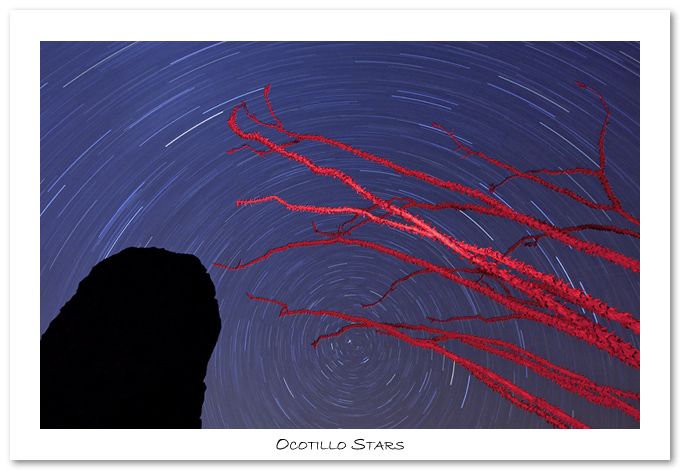
One way to capture the magic of the celestial dance is to slow down exposure times to several minutes or even several hours.
Comments on NPN landscape photography articles? Send them to the editor. NPN members may also log in and leave their comments below.
NPN Contributing Editor, Ian Plant is a professional photographer whose photos and instructional articles have appeared in a number of books, calendars, and magazines, including Outdoor Photographer, National Parks, Blue Ridge Country, Adirondack Life, Wonderful West Virginia, and Chesapeake Life, among others. He recently co-authored two books published by Mountain Trail Press: The Ultimate Guide to Digital Nature Photography and 50 Amazing Things You Must See and Do in the Greater D.C. Area: The Ultimate Outdoor Adventure Guide.
To see more of Ian's work, visit Ian Plant Photography and Mountain Trail Photo. The Mountain Trail Photo Team consists of some of the top nature photographers in the country, whose mission is to educate and inspire others in the art of nature photography. There you will find team member images; articles on photo techniques and destinations; and information on workshops in some of America's most beautiful places. Also visit the Team's Blog for a more eclectic mix of images and musings.